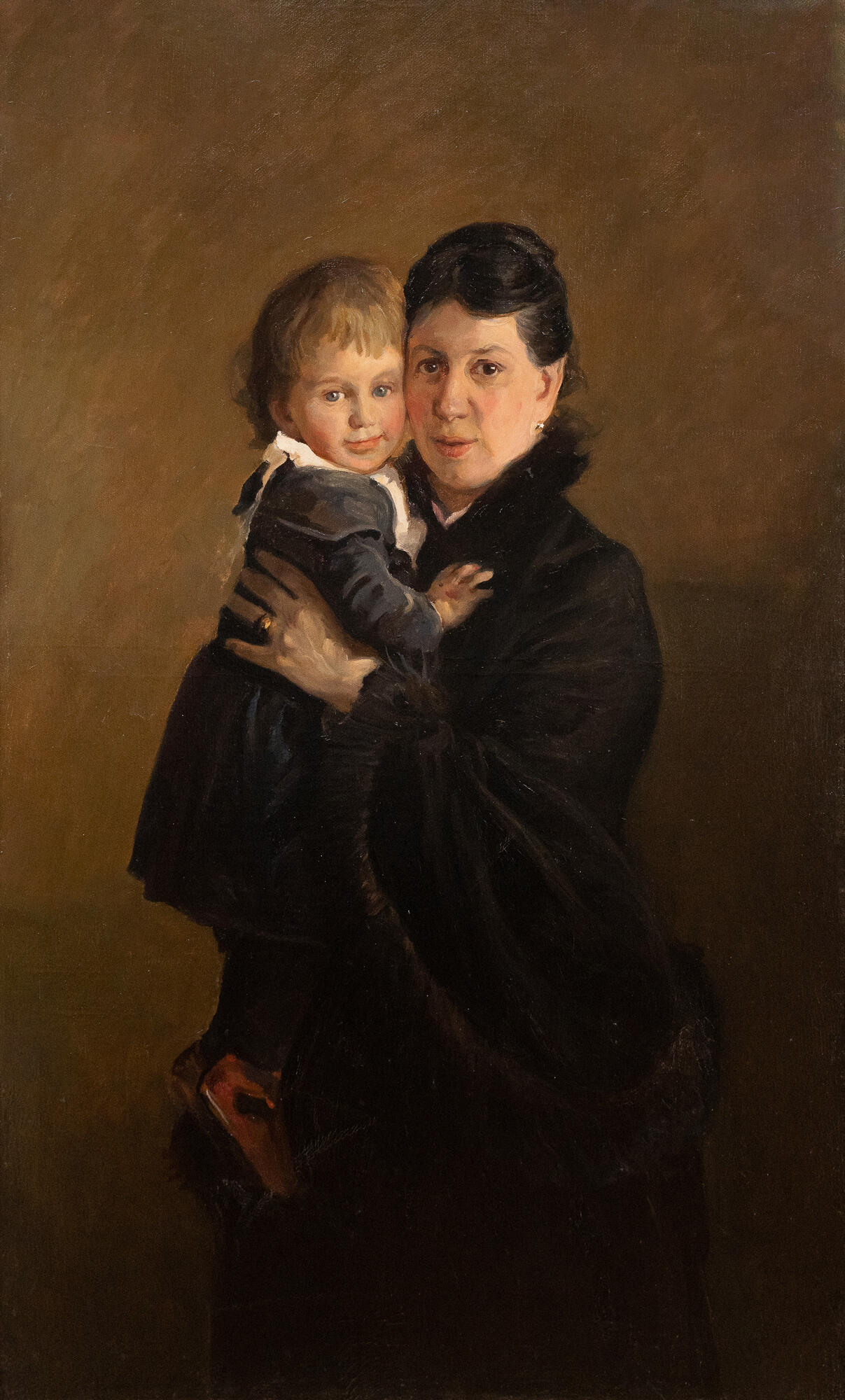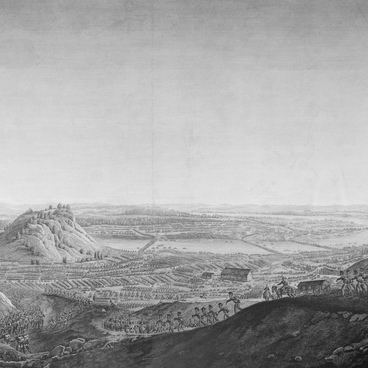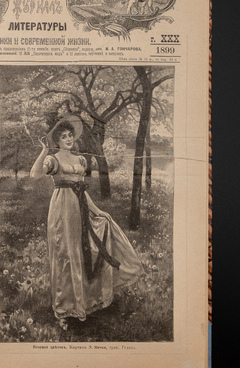This painting is a replica of a work by the artist Nikolai Ge. Leo Tolstoy’s wife, Sophia, is shown with her two-year-old daughter Sasha. Alexandra Tolstaya was the youngest daughter in the family, she was born in 1884. At the age of 16, she became her father’s chief assistant and secretary, mastered shorthand writing, and later wrote a memoir about Leo Tolstoy and several other books.
During the First World War, Sasha Tolstaya volunteered to serve as a nurse at the frontlines, later becoming the head of a military medical detachment, and was awarded the medal of St. George. After the Revolution of 1917, she spoke out in opposition to the Bolshevik regime, got arrested and served a partial sentence in a prison camp.
Tolstoy’s youngest daughter founded the Leo Tolstoy Museum in Yasnaya Polyana and further developed the estate: she opened a school, a hospital and a pharmacy. At the age of 45, Alexandra Tolstaya left the Soviet Union, gave lectures on her father’s work in Japan and the USA and founded the Tolstoy Foundation to help Russian emigrants. She renounced the title of countess and accepted American citizenship — in the USSR every mention of her was removed from all newsreels, photographs, memoirs and tour programs.
The creator of the original group portrait was Nikolai Ge, a member of the Peredvizhniki (an artistic group). He made expressive, dramatic canvases on religious and historical themes. In 1882, Ge read Tolstoy’s article “On the Census in Moscow”. It focused on the writer’s impressions of the population census which he had taken part in. From that moment on, Tolstoy and Ge began influencing each other both personally and creatively — both felt the urge to communicate with each other and support each other’s ideas and views. Excerpts from Tolstoy’s and Ge’s letters serve as proof of this:
Ge to Tolstoy: “I haven’t seen you for a month now, but not a single day goes by without thinking about you.” “Your stride is firm and confident. I’ll follow You, even if You break my nose.” “I am with you all the time; I live by the same thoughts as you…” Tolstoy to Ge: “I miss you. All my being demands seeing you.”
Ge’s sudden death shocked Tolstoy: “A rare death astounded me so.” Leo Tolstoy wrote Pavel Tretyakov a letter where he spoke of Ge as “one of the greatest artists <…> in the whole world”: “Having said that, I advise you to purchase everything that remains of Ge, so that your — i.e. the Russian National — gallery, does not lose his works, for he is Russia’s best artist since the dawn of Russian art.”

